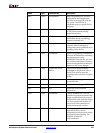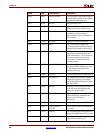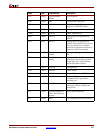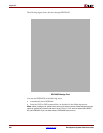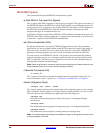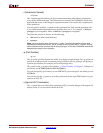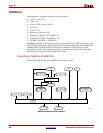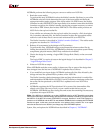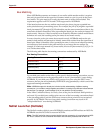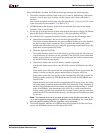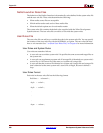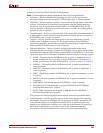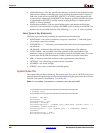
Development System Reference Guide www.xilinx.com 383
EDIF2NGD
R
–l (Libraries to Search)
–l libname
The –l option specifies a library to search when determining what library components
were used to build the design. This information is necessary for NGDBuild, which must
determine the source of the design’s components before it can resolve the components to
Xilinx primitives.
You may specify multiple –l options on the command line. Each must be preceded with –
l; you cannot combine multiple libname specifiers after one –l. For example, –l xilinxun
synopsys is not acceptable, while –l xilinxun –l synopsys is acceptable.
The allowable entries for libname are the following.
• xilinxun (For Xilinx Unified library)
• synopsys
Note:
You do not have to enter xilinxun with a –l option. The Xilinx Development System tools
automatically access these libraries. You do not have to enter synopsys with a –l option if the EDIF
netlist contains an author construct with the string “Synopsys.” In this case, EDIF2NGD automatically
detects that the design is from Synopsys.
–p (Part Number)
–p part
The –p option specifies the part into which your design is implemented. The –p option can
specify an architecture only, a complete part specification (device, package, and speed), or
a partial specification (for example, device and package only).
The syntax for the –p option is described in “–p (Part Number)” in Chapter 1. Examples of
part entries are XCV50-TQ144 and XCV50-TQ144-5.
If you do not specify a part when you run EDIF2NGD, you must specify one when you run
NGDBuild.
You can also use the –p option to override a part name in the input EDIF netlist or a part
name in an NCF file.
–r (Ignore LOC Constraints)
The –r option filters out all location constraints (LOC=) from the design. If the output file
already exists, it is overwritten with the new file.



